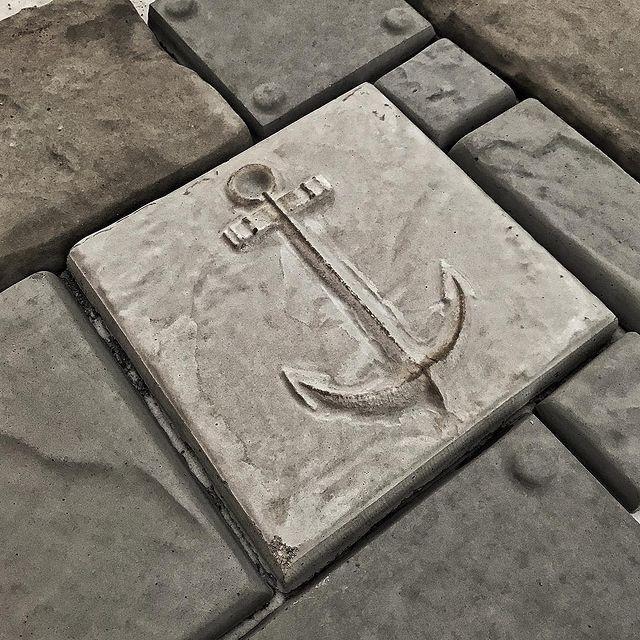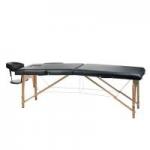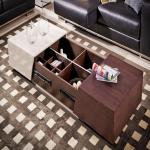Solid chunks and asphalts should be the correct thickness for ideal strength and toughness. If the sections are excessively slender, they can start to twist. Plaster of Paris Molds This is the upward or descending bowing of the edges of the section because of contrasts in dampness between the top and base surfaces of the solid. This twisting impact can lift the edges or the center of the chunk, leaving an unsupported part of the solid which would then be able to break and break when weight is applied. Section edges can break off when they twist up, or whole chunks can break fifty-fifty when the edges twist down. Much of the time, twisting can be found in the beginning phases of restoring, however, the impact can likewise occur throughout longer timeframes.
For what reason does twisting happen in solid sections
As referenced, solid twisting is fundamentally brought about by changes in dampness and temperature on one or the other side of the chunk due to drying shrinkage. This issue is likewise more observable in slim chunks with no inner support. At the point when one surface of the section changes measurements, the whole chunk will twist on the more limited side – either lifting the edges or pushing them down. Twisting of a chunk not long after the arrangement is brought about by the quick drying of one surface and helpless relieving. Unnecessary draining or an excessive amount of surface dampness brought about by helpless restoring techniques can cause drying shrinkage to happen on either the top or base surface of the section. The dryness of the fundamental substrate can likewise influence restoring and twisting. Temperature contrasts between the top and base surface additionally influence twisting. If the top surface is presented to coordinate daylight and high encompassing temperatures, it could dry quicker and psychologist than the cooler, moist base surface. Then again, on a cool evening, the base surface can contract when in contact with warm soil, making the piece twist downwards and lift the center segment off the ground.
Instructions to limit the twisting of solid sections
- Utilize the most reduced viable water volume in the solid blend.
- Utilize the biggest pragmatic size of total conceivable to diminish the impacts of drying shrinkage, particularly with chunks.
- Keep away from the high concrete substance in the solid blend.
- Attempt to stay away from unnecessary seeping by wetting the fundamental soil before pouring the solid.
- Fix the solid completely. Focus on joints and edges.
- Utilize a joint dispersing of close to multiple times the thickness of the chunk.
- Increment the thickness of the piece if conceivable, particularly at the edges.
- Inside fortifications should be put appropriately at sufficient spans inside the piece.
- These tips will assist with limiting the odds of a solid piece twisting. Dampness and temperature differentials are the primary drivers of this issue.
Also read about:
How To Fix A Punctured Tyre
Top Home Decor Ideas Living Room
How Garage Door Repair Massachusetts Resolve The Issue Of Noisy Garage Door
















